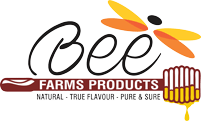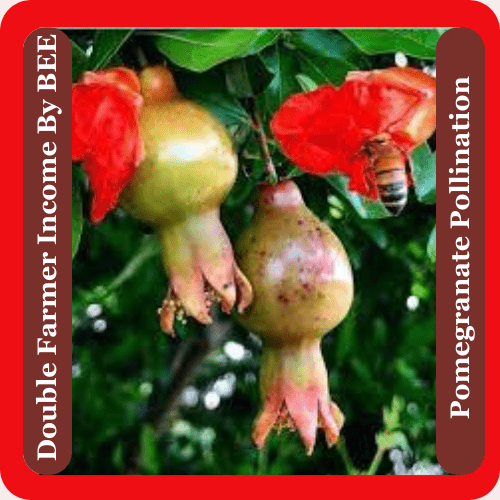Doubling Saunf Farming Income By Honey Bees
Increasing saunf (fennel) farming production or Doubling Saunf Farming Income by Honey Bees throught bee pollination can be a beneficial strategy. Honey bees are effective pollinators for saunf and can significantly boost yields. Here are some steps to maximize honey bee pollination in saunf farming:
Hive Placement: Position beehives strategically within or near the saunf fields. Ensure they are sheltered from strong winds and direct sunlight, but also easily accessible for beekeepers.
Native Plants: Plant native flowering plants and cover crops around the saunf fields to provide honey bees with additional forage. This will encourage them to stay in the area and continue pollinating.
Avoid Pesticides: Minimize the use of chemical pesticides, especially during the saunf flowering season, as these can harm honey bees. Instead, opt for organic or bee-friendly alternatives.
Scheduling: Saunf has a specific flowering period. Make sure your saunf crop is in full bloom when the honey bee population is at its peak. Timing is crucial for effective pollination.
Beekeeper Collaboration: Partner with local beekeepers to ensure a healthy bee population is available during saunf flowering. You can rent beehives or collaborate on mutually Doubling Saunf Farming Income by Honey Bees beneficial terms
Water Sources: Provide a clean water source near the saunf fields. Bees need water, especially during hot weather, to remain active and healthy.
Bee Health: Ensure that the honey bee colonies are healthy and free from diseases. Regular hive inspections and appropriate beekeeping practices are essential.
Bee Attraction: Use bee-friendly planting techniques, such as companion planting with flowers that attract bees, to make your saunf fields more appealing to them.
Bee Education: Educate farm workers and local communities about the importance of honey bees in saunf pollination and the benefits of bee-friendly farming practices.
Harvest Management: Be mindful of bee activity during harvest. Harvest saunf when most of the flowers have been pollinated but before seeds begin to shatter.
Record Keeping: Maintain records of honey bee activity, including hive strength and pollination success, to track the impact of bee pollination on your saunf crop.
Bee Protection: Protect honey bee colonies from pests and predators. Install screens and use natural remedies to prevent infestations.
Monitor Weather: Keep an eye on weather conditions, as extreme weather can impact bee activity. Provide supplemental feeding if necessary during adverse conditions.
By implementing these practices, you can create a pollinator-friendly environment that encourages honey bees to visit and pollinate your saunf crop effectively. This can lead to increased yields, better quality saunf seeds, and ultimately higher profits for your saunf farming operation.





Leave A Comment